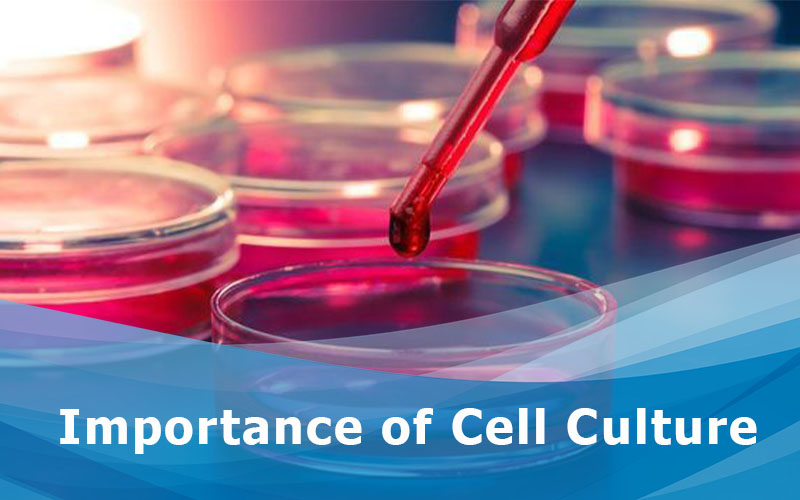
In vaccine research:
Cell culture has a diverse range of uses as cultured cells are used by cell biologists, biomaterials scientists, clinicians and regulatory authorities, among others . One of the most important uses of cell culture is in the research and production of vaccines. The ability to grow large amounts of virus in cell culture eventually led to the creation of the polio vaccine, and cells are still used today on a large scale to produce vaccines for many other diseases. Early in the 1930s and 40s, researchers had to use live animals to grow poliovirus, but with the advent of cell culturing, they were able to achieve much greater control over virus production and on a much larger scale . This allowed researchers to study them more closely and eventually develop vaccines and various treatments.
In protein therapeutics:
Another important use of cell lines is to express different types of proteins in mammalian cells. Initially, E. coli was the primary organism used for producing proteins, but with the need to create properly folded proteins with the proper post translational modifications, the focus shifted to using eukaryotes instead . Starting from the 1970s and 80s, proteins like interferon and antibodies have been successfully created via cell culture. Various cytokines and growth factors can be acquired from cultures, and looking at the structure and activity of these proteins helps us understand their role in the organism’s body as well. Even observing the protein grown in different cells and conditions may help us determine how the protein’s environment affects its activity.
In cancer research:
Cancer is one of the leading causes of death around the world and millions of dollars are being used for cancer research to find treatments and cures. Cell culture is crucial here as well, as normal cells can be transformed into cancer cells by methods including radiation, chemicals and viruses . These cells can then be used to study cancer more closely and to test potential new treatments.
